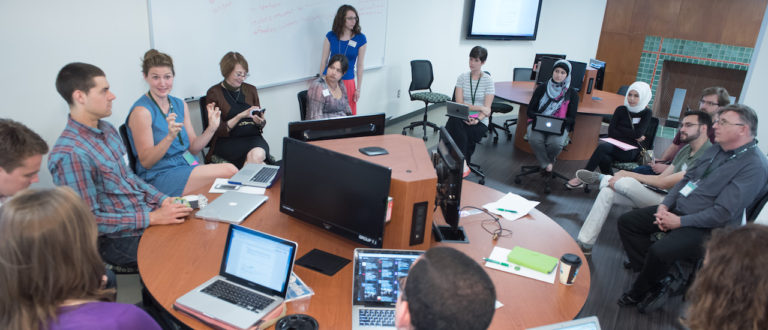For this LOCUS, we partnered with the Art, Art History, & Design Department and the Media & Information Department as the topic of modeling is of particular import to those fields. Find out more about the event under the LOCUS tab here. If you weren’t able to attend, the presentation media was recorded and will be available soon.
Date – December 1st, 2016Time – 3:00-5:00Location – REAL Classroom, 3W, Main Library
CFP Close – 11/18/2016
Models are simplified representations that can be used to examine an idea, experiment with features and variables, or create an immersive experience. Across the arts, humanities, and social sciences, scholars have turned to modeling – including but not limited to virtual reconstruction models, topic models, data models, and network models – as a way to explore systems and provide new ways to access visual artifacts and spaces. The following issues were topics of interest for this particular LOCUS:
- How can physical and virtual models help us study and teach about artifacts, architectures, and landscapes that are far away or no longer exist?
- What are the strengths and weaknesses of modeling as a method of understanding complex systems?
- How do experimentation, modeling, and prototyping impact teaching and learning across disciplines?
- Can modeling help create experiences that improve cross-cultural understanding and empathy?
Please submit abstracts of no longer than 300 words to: go.cal.msu.edu/locus
Featured image, “Survey for VMBMA” courtesy of Flickr user @IDIA_Lab. The project displayed in the image is credited to Adam Brown, Associate Professor of Electronic Art and Intermedia, Michigan State University.
